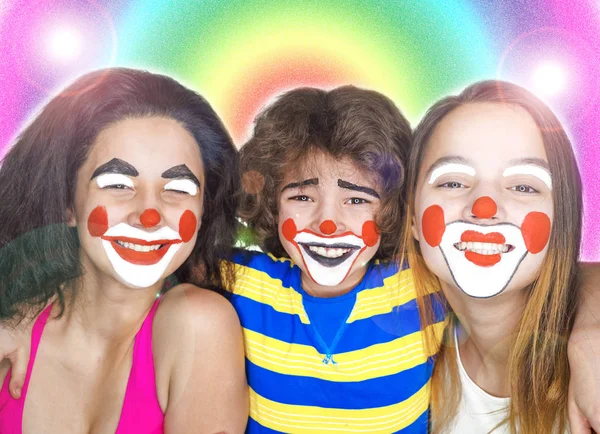What Does All Occasion Performers Mean?
What Does All Occasion Performers Mean?
Blog Article
All Occasion Performers Can Be Fun For Everyone
Table of ContentsThe Buzz on All Occasion PerformersAll Occasion Performers Fundamentals ExplainedGetting The All Occasion Performers To WorkIndicators on All Occasion Performers You Should KnowThe Greatest Guide To All Occasion Performers
He specialized in pigs and mules, which he trained and sold to various other clowns. He additionally offered an act with a skilled rhinoceros and is the only individual in circus history to provide a tightrope walking elephant.He was additionally a benefactor who provided kindly to several charities and he set up the initial monolith to soldiers killed during the Civil Battle - Corporate events Dallas TX. Beginnings of the Auguste characterThere is a widely told tale concerning the origins of the Auguste clown. According to the tale, an American acrobat named Tom Belling was carrying out with a circus in Germany in 1869
The manager all of a sudden went into the space. Belling took off running, finishing up in the circus field where he tipped over the ringcurb. In his shame and haste to get away, he fell over the ringcurb once again on his means out. The audience screamed, "auguste!" which is German for fool. The supervisor commanded that Belling continue appearing as the Auguste.
Some Known Incorrect Statements About All Occasion Performers
For one point, words Auguste did not exist in the German language up until after the character came to be prominent. One of the theories of the real beginning is that Belling copied the character from the R'izhii (Red Haired) clowns he saw when he explored Russia with a circus (https://www.ted.com/profiles/47079866). Characters like the auguste definitely existed previously

The dancing later on became known as tap dancing. It ought to be kept in mind that there are alternative 'beginnings' for the vagrant personality"among which was the traveling "hoe kids," or travelling ranch employees, that rode the rails from one town to another, wiping the residue away from their eyes & mouth.
All Occasion Performers for Dummies
Keep in mind that the scare wig, overstated lips and eyes, extra-large apparel and props of the American clown, props such a seltzer water, packed clubs, taking off stogies, and whistles loaded with residue, are not Grimaldi's. They belong to Tambo and Bones. The English blackface comic Charles Mathews pertained to America in 1822 to perform and researched black life and custom-mades.
Nobody understands where the mummers' plays and Morris dancings originated from. In such plays there is a mishmash of characters including "kings" and "saints", cross-dressing, and blackface roles; the faces of Morris (or "Moorish") dancers were also smudged. The mummer's plays were except fun. Most were carried out by bad guys in the hungry time after Christmas.
The Derby Play of the Tup was done for food and beer by unemployed young people. One such protest has entered article source American background as the Boston Tea Party.
All Occasion Performers - Questions
While not the luxurious events we believe of today, some early, rougher forms of taking a trip circus were prominent in America from Revolutionary times-- George Washington was a fan. Blackface clowns done in them from a minimum of the 1810s and possibly before; they were a staple by the 1820s. The wide red or white mouth repainted on by modern clowns is a residue of the blackface mask.
The blackface mask was a clown's disguise, overemphasizing the face functions right into a cartoon, a caricature. The blackface clown might be the precursor of today's anodyne circus clown, yet or else the 2 are as opposite as blackface and whiteface.
Not known Details About All Occasion Performers
In numerous customs the clown would show some physical deformity, like a hunchback, dwarfism-- or like Jim Crow, lameness. And because he was different, an Others, the clown was enabled to claim and do points no one else could.
Witticism and parody were central to minstrelsy. It's intriguing that in the West African societies where most servants came, the poet-singer griot offered the same satirical jester feature when the celebration arose. That may have something to do with the interested (to us, recalling) ease with which Southern Blacks accepted not simply the music yet also the demeaning humor of minstrelsy.

Emmett Kelly was the most effective understood tramp clown with his personality "Tired Willie."Tramp clowns are proficient: + jugglers + magicians + pianists + chalk talk musician + cyclists. There more than happy vagrants and angry vagrants. There seems to be a wide array of vagrant clowns - https://www.openstreetmap.org/user/All%20Occasion%20Performers. The most standard aspect of tramp clowns is that nothing is traditional other than the white mouth, which was acquired from minstrel blackface cosmetics.
Report this page